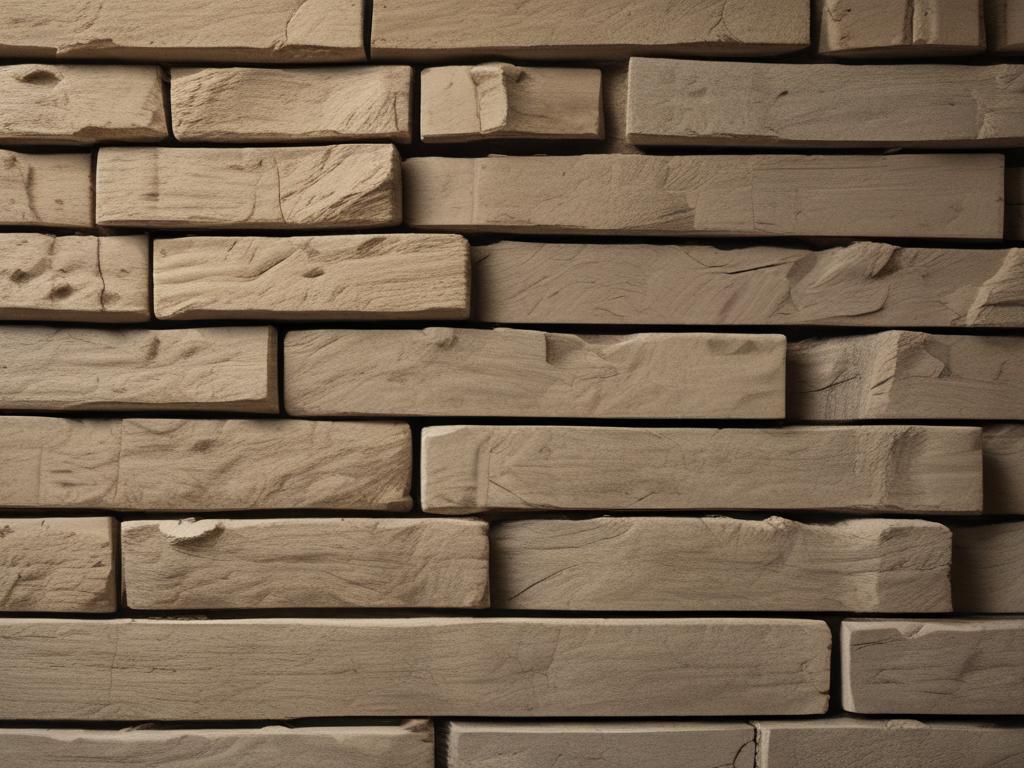
In today's world, where environmental concerns are at the forefront of architectural innovation, the demand for sustainable building practices is more critical than ever. Discover how natural building materials contribute to sustainable construction and healthier living environments as we explore the eco-friendly advantages these materials offer. From reducing carbon footprints to promoting well-being, choosing natural options represents a conscious shift towards responsible living that benefits both us and the planet.
As we delve deeper into the benefits of natural materials, you'll uncover how they positively impact sustainable construction practices and enhance the quality of our indoor spaces. Natural building solutions not only minimize harmful emissions but also promote air quality and create revitalizing atmospheres in our homes and workplaces. Join us on this journey to understand why incorporating natural materials into your next project is essential for fostering a healthier, greener future.
Discover the eco-friendly advantages of natural building materials
Natural building materials, such as wood, straw, clay, and bamboo, offer numerous eco-friendly advantages that support both the environment and human health. These materials are typically sourced from renewable resources, reducing the reliance on non-renewable options like concrete and steel. By choosing natural materials, builders can significantly lower their carbon footprint and decrease energy consumption during production. Additionally, many natural materials have excellent insulation properties, which help regulate indoor temperatures. This effectiveness leads to reduced energy usage for heating and cooling, ultimately fostering a more sustainable lifestyle.
Moreover, natural building materials often promote air quality and well-being within living spaces. Many of these materials are free from harmful chemicals, unlike synthetic alternatives that can release volatile organic compounds (VOCs). With improved indoor air quality, inhabitants experience fewer health issues, such as allergies and respiratory problems. Embracing natural materials not only supports sustainable construction practices but also enhances the overall quality of life for the occupants. Thus, making the switch to natural building materials serves as a pivotal step toward a more eco-conscious, healthier living environment.
Uncover the impact of natural materials on sustainable construction practices
Natural building materials significantly enhance sustainable construction practices by reducing the carbon footprint of building projects. Materials like bamboo, straw bale, and reclaimed wood are not only renewable but also require less energy to produce compared to their synthetic counterparts. As a result, builders who incorporate these materials into their designs help minimize the depletion of non-renewable resources. The local sourcing of these materials further increases sustainability, as it decreases transportation emissions and supports local economies. Ultimately, choosing natural building materials fosters a more environmentally responsible approach to construction.
Additionally, natural building materials offer outstanding durability and longevity, which are essential components of sustainable building practices. Materials such as rammed earth and cob can withstand harsh weather conditions and require minimal maintenance over time. This resilience reduces the need for frequent repairs or replacements, leading to less waste and a more efficient use of resources. Incorporating these time-tested materials into construction projects ultimately results in structures that not only meet the needs of the present but also preserve resources for future generations. By prioritizing natural materials, the construction industry can create a more sustainable future while addressing the growing demand for environmentally friendly building solutions.
Experience healthier living environments with natural building solutions
Natural building materials significantly enhance indoor air quality, which plays a crucial role in creating healthier living environments. Unlike conventional building materials that may off-gas harmful chemicals, natural materials such as wood, clay, and straw possess innate qualities that promote better air circulation and filtration. By using products like non-toxic paints and natural insulation, homeowners can reduce the presence of volatile organic compounds (VOCs) in their spaces. This improvement contributes to healthier indoor ecosystems, reducing the risk of respiratory issues and allergies associated with chemical exposure.
In addition to improving air quality, natural building solutions often incorporate moisture-regulating properties that foster a stable and comfortable environment. Materials like rammed earth and cob naturally manage humidity, reducing the likelihood of mold and mildew growth. These characteristics result in living spaces that not only feel fresher and more inviting but also promote well-being among occupants. Adopting natural building materials ultimately creates a more harmonious relationship between home and health, allowing individuals and families to thrive in environments that nurture their physical and emotional well-being.